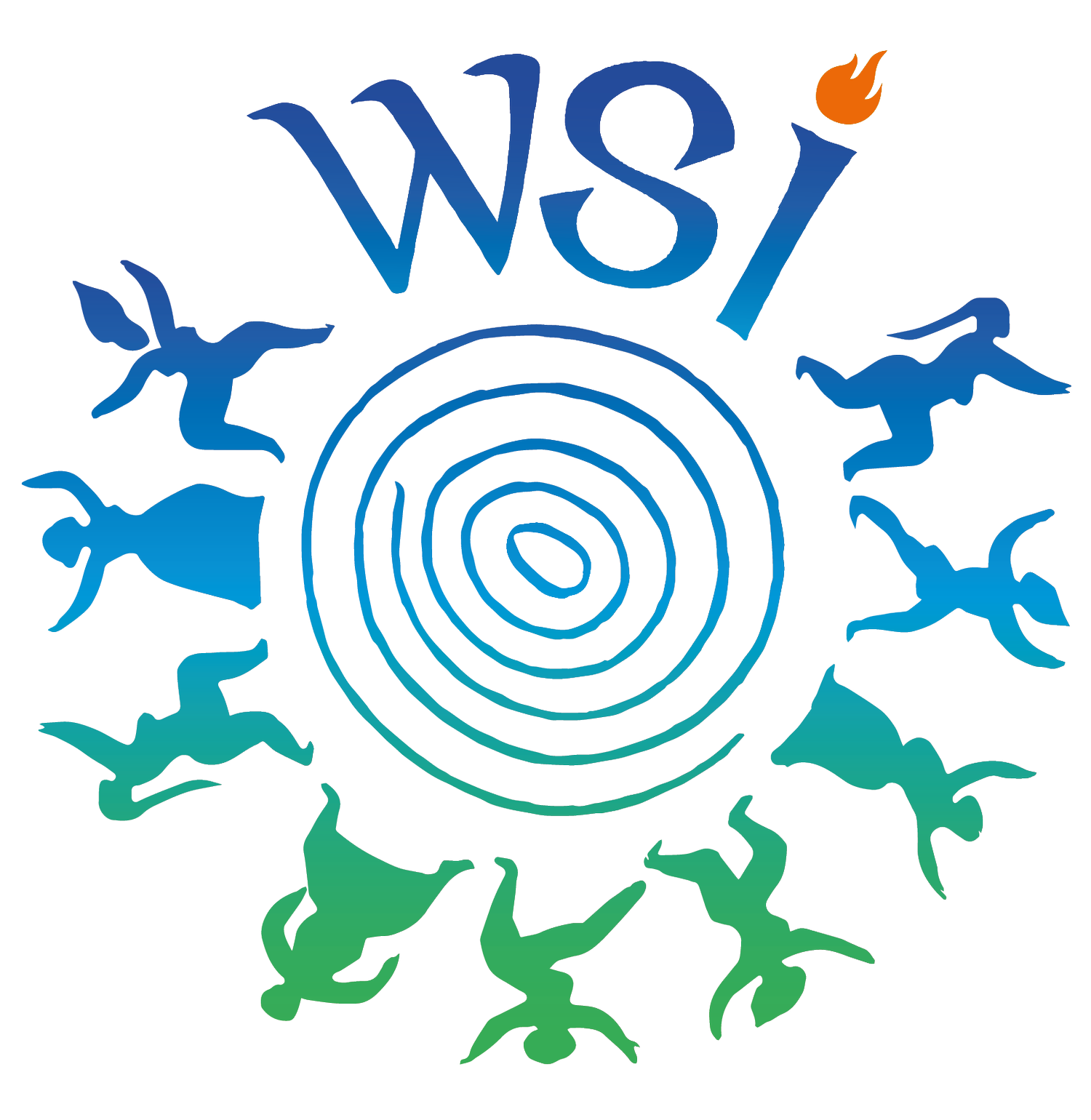Symbols of Hope:Ukrainian & Irish Traditions at Maytime
A WomanSpirit Ireland Event Bealtaine held on-line on Sunday, May 22nd 2022.
Several commentators, Marija Gimbutas, Mary Kelly, and Elizabeth Barber have pointed out similarities between Irish and other OId European traditions, especially evident in the rituals and material artefacts. In 2022, with many Ukranian refugees arriving in Ireland, Woman Spirit Ireland decided that we would make a gesture of welcome toward them by exploring our Irish and Ukrainian common origins.
Laura Shannon spoke on the beautiful Ukrainian embroidered ritual cloths (rushnyky) and finely decorated Easter eggs (pysanky), with attention to symbols of wheat and grain, the wheel of the year, ancestral relationships and spirit of place, and the theme of protection. These themes have equivalents in Irish folk culture as well, underlining the common ground of shared concerns among all members of the human family. https://laurashannon.net
Our Ukranian visitors came to Ireland, not by choice, but from the horrific brokenness they were experienced in their homeland during wartime. For that reason, Nadia Tarnawsky offered us a poignant rendering of the song The Broken Pot, signifying brokenness. https://www.nadiatarnawsky.com
However, we also wished to offer some other perspectives on brokenness, and Ruth Marshall recounted the age-old story of the woman with two pots, one intact, the other broken, and how the broken pot served to fertilise the field as she took the water from the well back to her home. www.ruthmarshallarts.weebly.com
We also offered an opportunity for meditation on brokenness with the beautiful craftwork of artist, Mary Wallace, and her broken pot series. www.artwallace.ie
Medical herbalist, Rosari Kingston, explored the medical significance of the great Ukrainian emblem, the sunflower, and its healing properties. www.drrosarikingston.com
Rosari also reflected on the theme of Light and Darkness, Warm and Cold, the two parts of the old year in the WISE Island (Wales, Ireland, Scotland and England). In the Living Tradiitons of Ireland and Scotland, the Cailleach, or Old Woman, represents the Cold Half of the year, while her daughter, the Inion Buí (Daughter of the Hag), pronounced In-yeen Bwee, (now known as Bride, or Brigit), presides over the Warm Half.
Some traditions say that at the turning of the seasons, the Cailleach met her daughter who handed her a bunch of primroses. The Cailleach then took off her black cloak, turned it around to reveal a yellow lining, and placed it on the shoulders of her daughter.
In another tradition, it is said Father Winter handed Bride a bunch of snowdrops, saying If the Cailleach scolds you, hand her these flowers and if she asks where you found them, tell her that they came from the green rustling fir-woods. Tell her also that the cress is springing up on the banks of streams, and that the new grass has begun to shoot up in the fields.
The theme of mothers and children continued with a beautiful Bealtaine song, sung by Pádraigín Ní Uallachain: Thugamar Féin an Samhradh Linn. (We bring the summer with us). In her fabulous book, Hidden Ulster, Pádraigín suggests that the song may represent a ritualised symbolic playful struggle between two opposing groups, (Cailleach and Bride) with the winner taking the spoils –the right to parade through the town or village holding either a Maybush, a May doll, or even a branch, all symbolising fertility. www.irishsong.com
Mary Condren and Laura Shannon also reflected on the deep bonds between mothers and children, signified by image of daughters in the skirts of their mothers in Ukrainian embroideries; in the stories of the saint and goddess, Brigit; and in the cow and calf images all over the Irish landscape. Mary explored how the image of the Ukrainian Virgin Mary (recreated for this year’s Venice Biennale) represents images of female divinity and how such images signify protection, and inclusion, regardless of colour or creed. The cloak, whether it represents Brigit, the Cailleach or the Virgin Mary, is also used to collect the dew of mercy from the earth, a healing fluid that contrasts sharply with the ever-flowing sacrificial blood shed in war. https://tcd.academia.edu/MaryCondren
Our event came to an end with long-time anti-war activist Peggy Seeger’s beautiful song: Oh How I long for Peace. http://www.peggyseeger.com.
If ever they were needed, the events in Ukraine cry out for our work in recuperating religions of the hearth, as opposed to religions of empire. In this sense, the poem of Eva Gore Booth the early 20th century Irish activist and mystic speaks volumes:
The Poet’s God
“What is God? ‘men said in the West, / The Lord of Good and Ill, / Rewarders of the blest, /Judge of the evil will.
“What is God?” men said in the East, / The Universal soul / In man, and bird, and beast / The self of the great whole.
I saw a primrose flower / Rise out of the green sod, / In majesty and power, / And I said, “There is Love, there is God.”
Online event, May 22nd Symbols of Hope: Ukrainian and Irish Traditions at Maytime.
All contributors offered their services for free to raise money to support the humanitarian needs of Ukrainian refugees and those still in Ukraine. Simultaneous translations were available in Ukrainian, Russian, French, German and Spanish.


